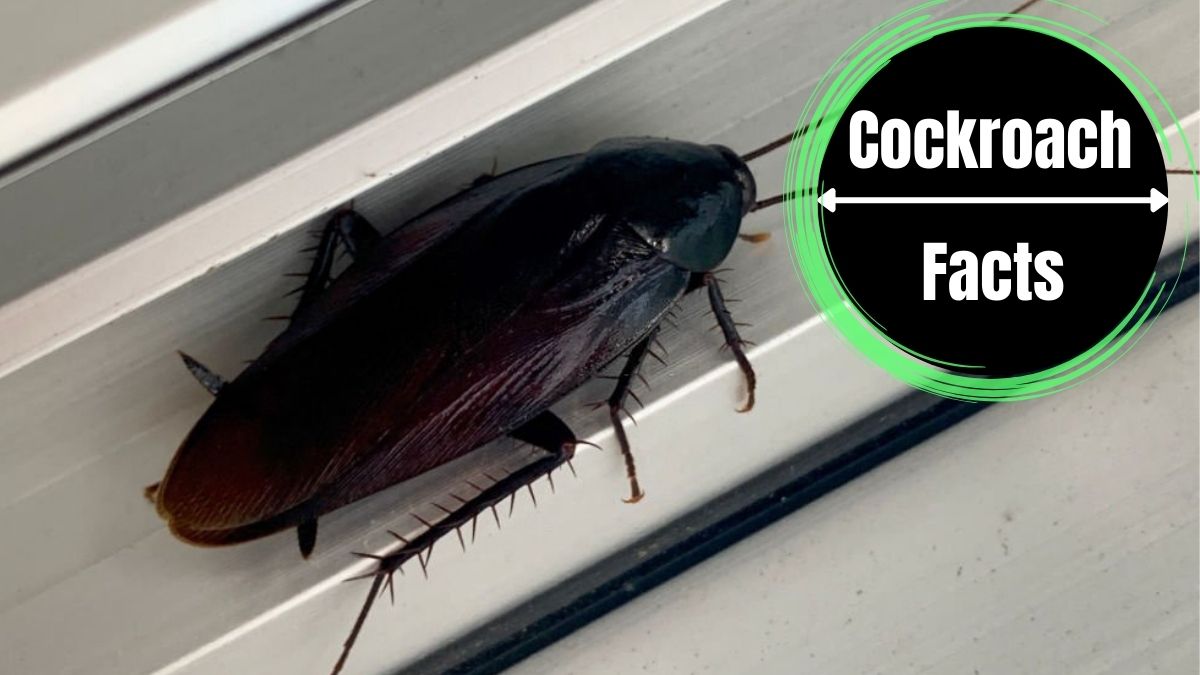In the realm of entomology, there exists a fascinating creature that embodies the spirit of resilience and adaptation in the face of urban challenges. The Japanese cockroach (Periplaneta japonica) stands as a testament to the remarkable ways in which nature navigates the ever-changing landscapes of human activity.
Evolution and Identification
Appearance
The Japanese cockroach shares a similar body structure with its cousins, characterized by its flattened oval shape and brown coloration. However, it is slightly smaller than the notorious American cockroach, which often inhabits the same urban spaces.
Distinctive Features
While the Japanese cockroach might seem unremarkable at first glance, its adaptability and unique traits set it apart. One of its most notable features is its ability to fly. Unlike many other cockroach species, the Japanese cockroach has well-developed wings that allow it to take to the air—a characteristic that plays a crucial role in its survival strategy.
Urban Prowess and Adaptation
Urban Niche
The Japanese cockroach’s ability to thrive in urban environments has earned it a prominent place in the streets and alleyways of Japanese cities. From bustling metropolises to quiet neighborhoods, these cockroaches have made themselves at home amidst the concrete and steel that define modern urban life.
Nocturnal Behavior
As with many cockroach species, the Japanese cockroach is primarily nocturnal. It emerges under the cover of night to search for food, water, and suitable hiding places. This behavior allows it to avoid human activity and take advantage of the resources that urban environments offer after dark.
Resilient Reproduction
The Japanese cockroach demonstrates its reproductive resilience in urban settings. Females lay oothecae, egg cases that protect and nourish the developing embryos. These oothecae are often hidden in crevices, cracks, and other hard-to-reach spots, allowing the cockroach population to flourish while minimizing exposure to potential threats.
Interactions and Significance
Ecological Role
While the Japanese cockroach is not inherently harmful to humans, it plays a role in the urban ecosystem by participating in nutrient cycling. Like other cockroaches, it scavenges for decaying organic matter, helping to break down waste and contribute to the environment’s balance.
Cultural Symbolism
The presence of the Japanese cockroach has even inspired cultural reflections. In Japan, the summer chirping of the Japanese cockroach, often associated with warm weather and nighttime tranquility, has found its way into literature, music, and art, becoming a part of the cultural fabric.
Conclusion
The Japanese cockroach’s ability to thrive in urban environments showcases the intricate interplay between nature and human development. Its resilience, adaptation, and coexistence with human spaces offer a unique perspective on the evolving relationship between creatures and cities. As we have discussed the life of the Japanese cockroach, we uncover a story of survival, adaptation, and the remarkable ways in which nature finds its place within the bustling landscapes of urbanization.

